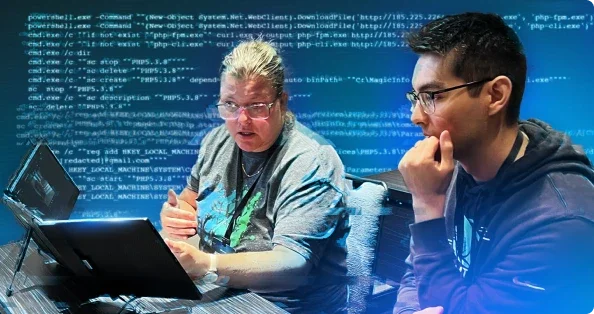What, then, is an enterprise security system?
Since technology and, therefore, the security landscape, are constantly changing, your security provision needs to keep up. That means your top security people need a deep, nuanced understanding of your organization, including its goals, business processes, and culture. If your security people can understand what the organization really does all day, they can provide the kind of targeted, effective controls that will protect the organization well without getting in anyone's way. Even more importantly, they need to be able to explain the needs and benefits of these controls to key stakeholders simply and accurately.
But you didn’t really come here for strategy. You want to know what these enterprise security frameworks are and what they can do for you. So here they are.















